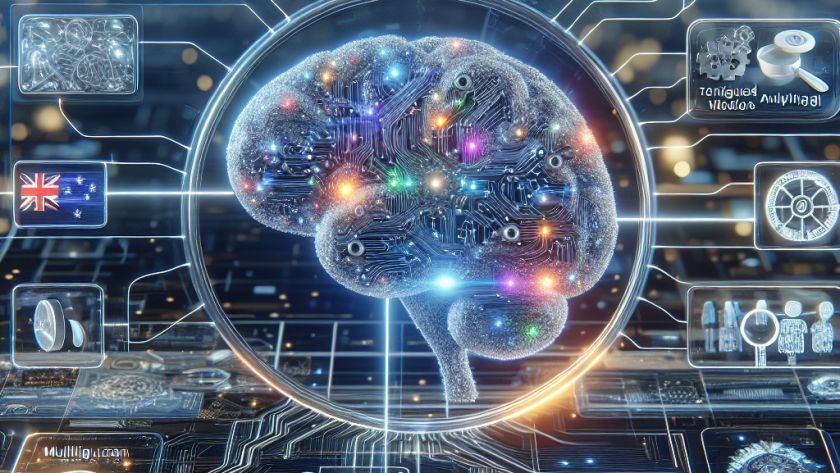The world of machine learning has been based on Euclidean geometry, where data resides in flat spaces characterized by straight lines. However, traditional machine learning methods fall short with non-Euclidean data, commonly found in the fields such as neuroscience, computer vision, and advanced physics. This paper brings to light these shortcomings, and emphasizes the need…












